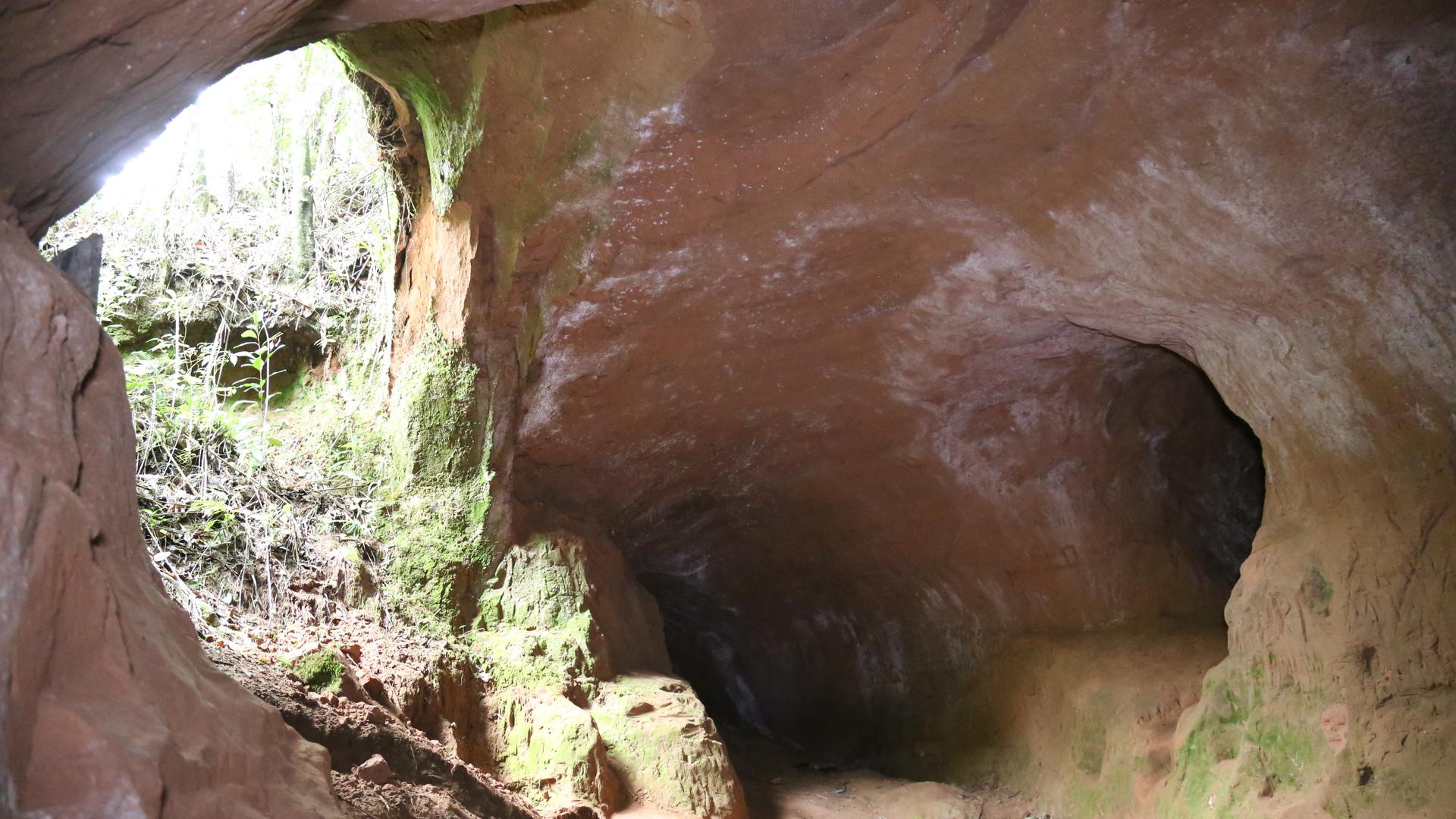From the end of the road near a village named Tres Barras in southern Brazil, it takes several hours to hike into a paleontological site little-known to those outside the region: Morro Grande Paleoburrow.
A “paleoburrow” is a tunnel made by a prehistoric animal, likely an armadillo or an extinct, giant ground sloth, depending on the size of the hole. These extinct sloths were huge, some the size of a modern-day elephant. They dug very large tunnels.
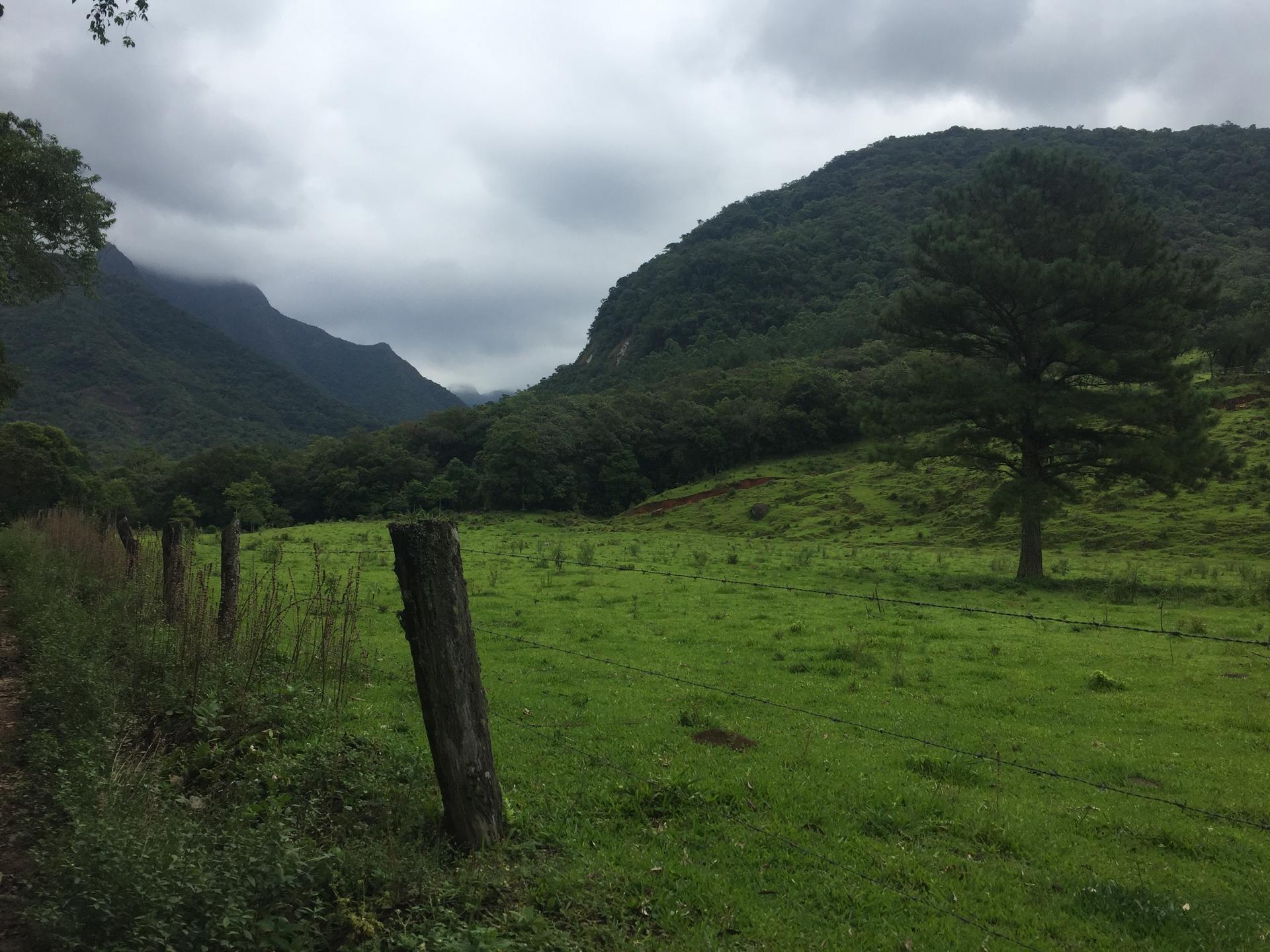
Almost 2,000 paleoburrows have been found across South America, mostly in the Brazilian states of Santa Catarina and Rio Grande do Sul, which border Uruguay and Argentina.
Scientists believe they could be 12,000 years old, or even much much older. The discovery is opening up a whole new branch of paleontology. But researchers face plenty of challenges — including a lack of funding and modern development — while trying to study and preserve the paleoburrows. They’re in a race against time to discover and protect them before it’s too late.
The trail to Morro Grande Paleoburrow winds up a valley, passing back and forth over a river that meanders downstream.
Through lush, tropical vegetation, a massive hole on the hillside comes into view.
The main gallery of the paleoburrow outside is huge. The ceiling is maybe two or three stories high with four tunnels leading off in different directions.
This is one of the largest and most well-known paleoburrows. Most don’t have such a complex system.
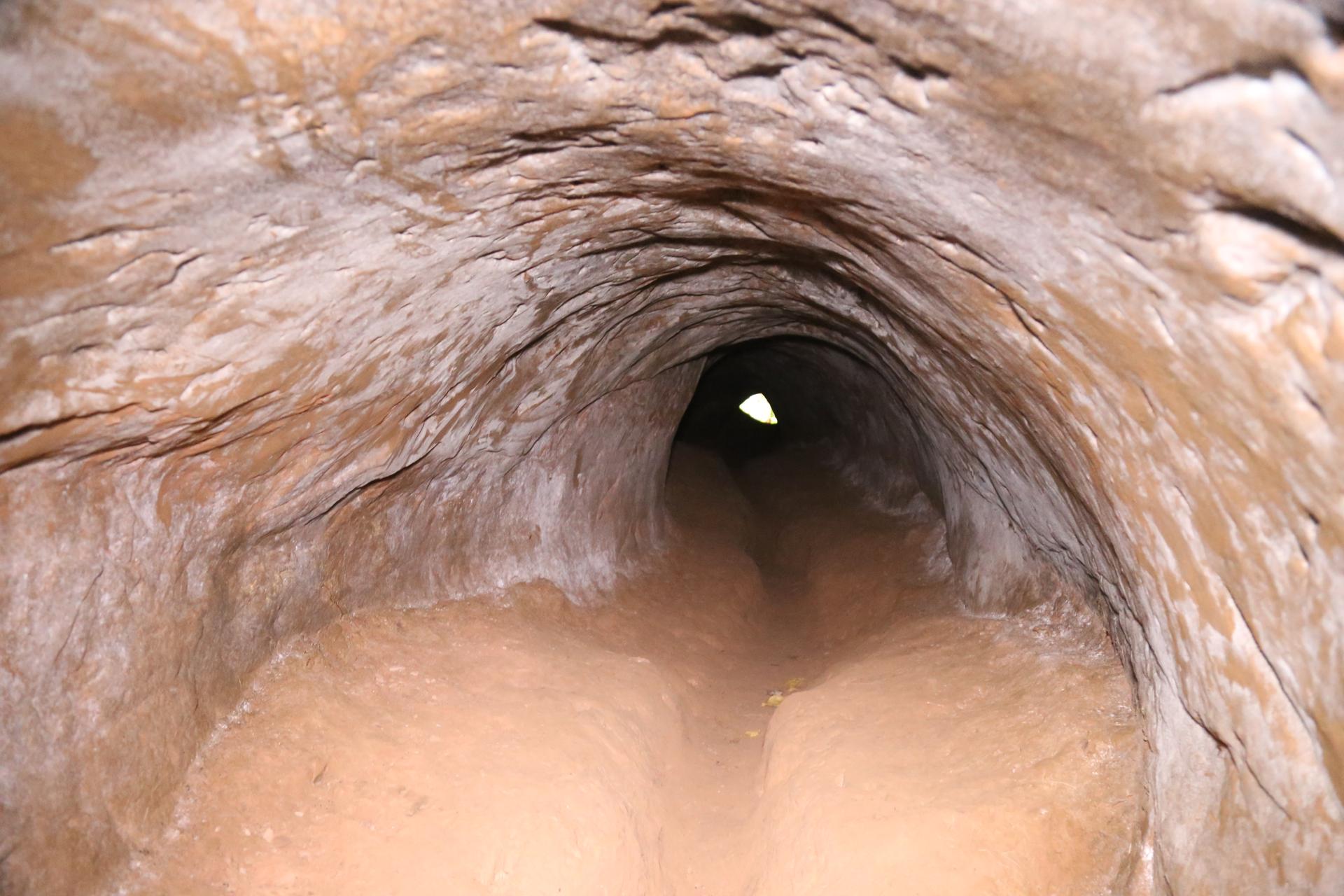
For many years, locals in southern Brazil said these tunnels were dug by the Xokleng Indigenous peoples in order to hide out when under attack by colonizing Europeans.
But about a decade ago, researchers confirmed it was a paleoburrow.
Related: Bolsonaro’s Cabinet reshuffle triggers worst military crisis since the ’70s
You can tell by the claw marks — the defining feature of many paleoburrows found in the region. Scientists say they are the mark of the giant ground sloth.
In this tunnel, deep parallel gashes scrape across the ceiling and sides of the cave. It’s awe-inspiring. But alongside the claw marks, initials, names and words have been carved into the sandstone walls, left there by human visitors.
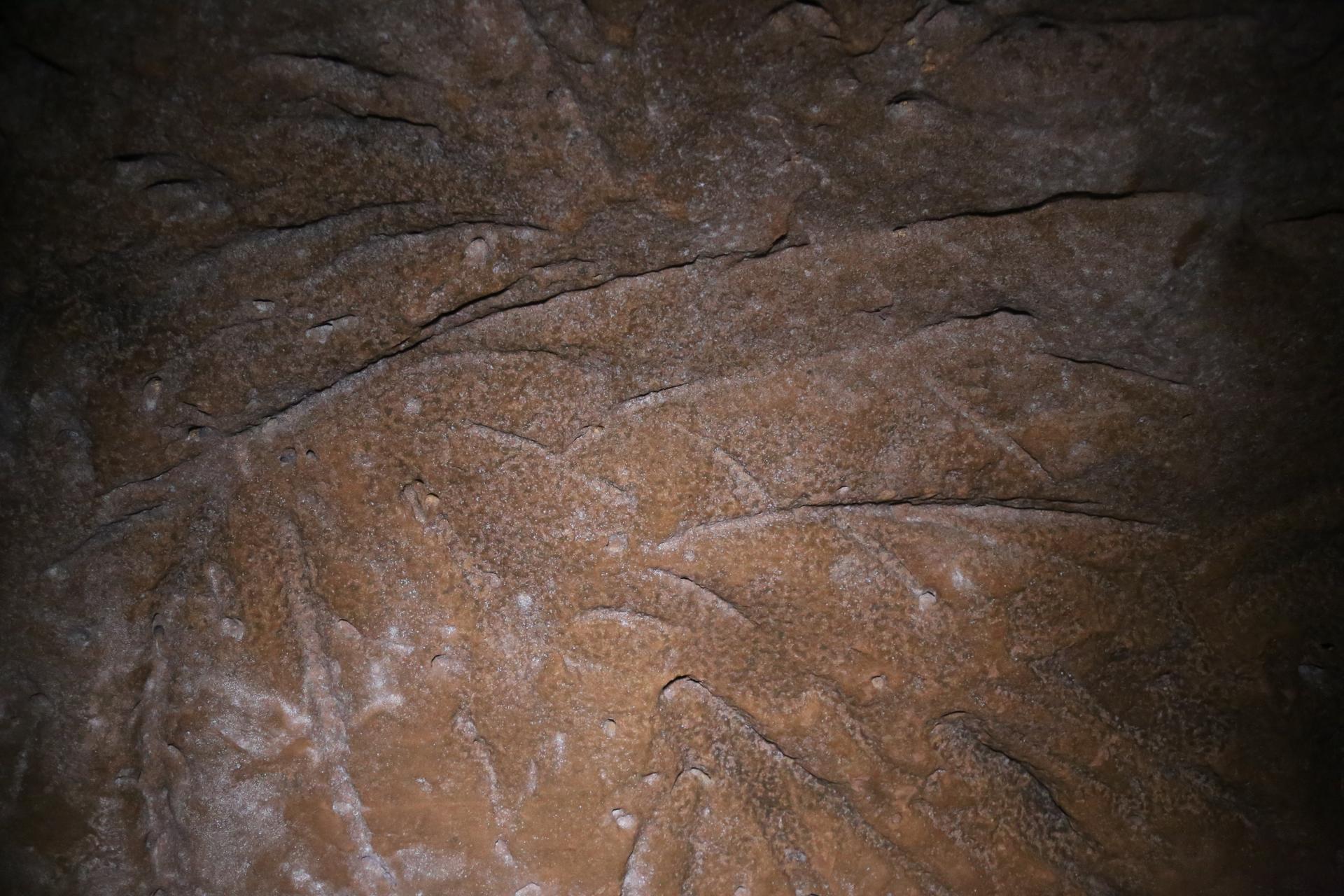
“It’s been really degraded since the first time I came here,” said guide Marcelo Crepaldi. “When I was first here in the 1990s with a local school trip, there were no marks or names. Now, there are even walls collapsing from being messed with.”
The Paleoburrows Project, an initiative composed of researchers from several universities, has waged a campaign to raise awareness about the existence of paleoburrows and fight misinformation.
Related: Brazil saw its first COVID-19 death a year ago. Today the death toll nears 300,000.
Geologist Heinrich Frank, from the Federal University of Rio Grande do Sul, is one of the coordinators of the Paleoburrows Project and a top paleoburrow researcher. It’s in part by chance. He happens to live in an area with one of the greatest densities of paleoburrows in the world.
He found his first in 2008, driving home from work outside of Porto Alegre.
“I was on the highway, going 60 miles an hour, on a Friday afternoon, and I saw this excavation with a hole. So, I went there and saw it was a tunnel,” he said.
He said he and his team have found maybe 1,500 paleoburrows since. Now that people know what paleoburrows are, they often search out Frank when they think they may have come across one.
At his home, he pulled up pictures from his latest trip into the field before the pandemic.
“I continue to get excited when I enter into a really well-preserved paleoburrow with a lot of claw marks. I get excited because it’s the home of a prehistoric animal and we are the first to go inside.”
“I continue to get excited when I enter into a really well-preserved paleoburrow with a lot of claw marks,” he said. “I get excited because it’s the home of a prehistoric animal and we are the first to go inside.”
But these are not easy times for research in Brazil. Major budget cuts to education have impacted grants and investigations.
“What’s most important right now is survival. Training our students and trying in one way or another to keep our research alive,” said Sao Paulo State University’s Francisco Buchmann over the phone recently.
Related: Brazil’s Supreme Court throws out corruption convictions against former President Lula
He’s a founding father of paleoburrow research; he discovered one of the first paleoburrows in Brazil two decades ago.
“These are difficult times. Not just because of the pandemic, but due to these constant budget cuts.”
Paleoburrow researchers are also fighting time.
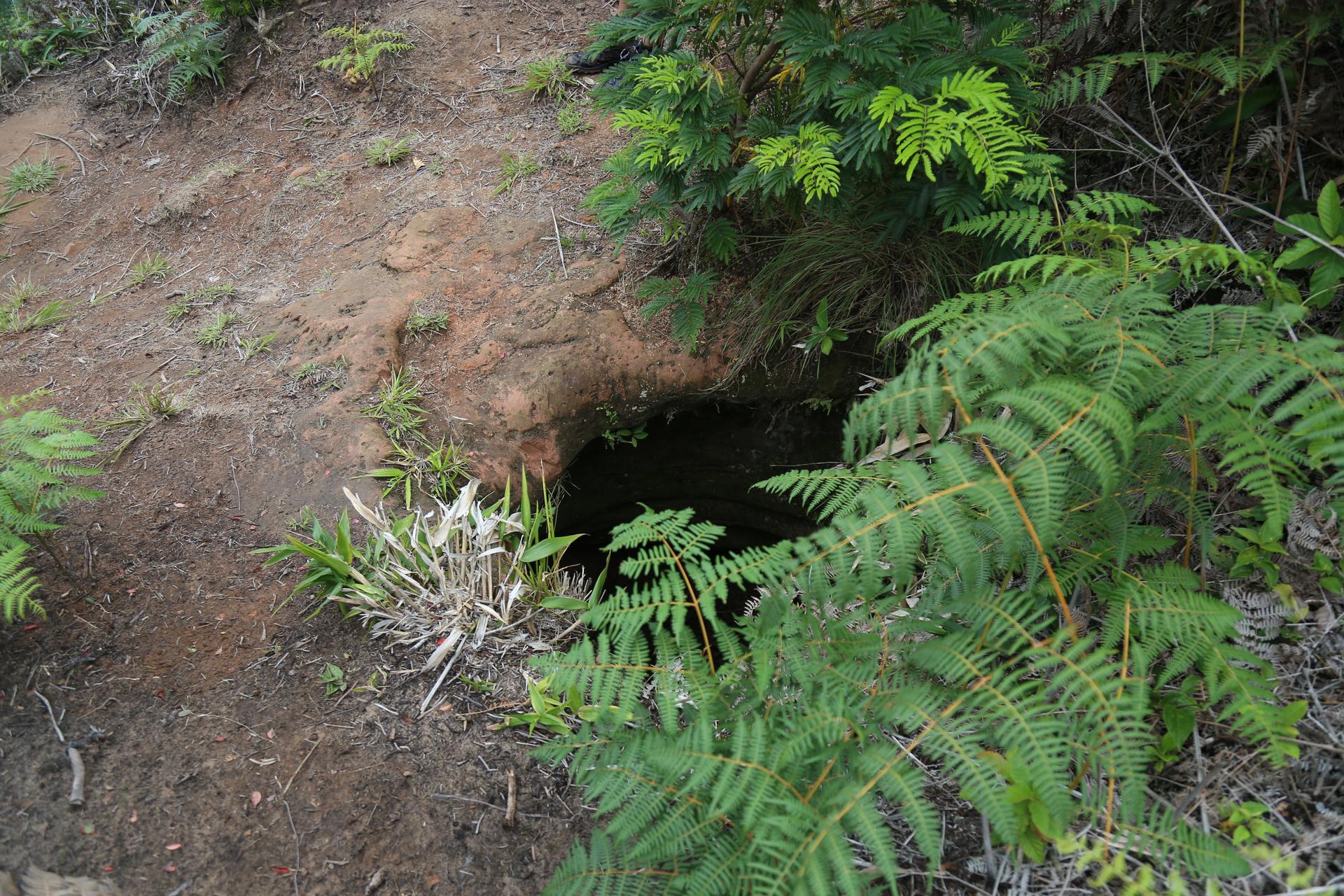
“There were condominiums of giant armadillos there. But today, you go there and there’s nothing. Houses have been built on top. There are retaining walls. People are living on top of them.”
“There were condominiums of giant armadillos there,” Frank said, describing a major cluster of paleoburrows that he and his team found several years ago. “But today, you go there and there’s nothing. Houses have been built on top. There are retaining walls. People are living on top of them.”
That’s the contradiction in paleoburrow research. It’s development — new houses or highway expansion — that often cuts into the ground and makes it possible to discover these burrows. But once the paleoburrows are open, it’s only a matter of time until most are destroyed by the elements, rain or construction.
Frank remains undeterred. That’s their challenge, he said, developing methods of research in this new field. Documenting each location, before it’s gone.
“This is so important because you can reconstruct the home of a prehistoric animal. This research doesn’t exist in any branch of paleontology. You have the dinosaurs. You have their bones. But you don’t know where they lived. Not us. We find their home,” Frank said. “Our group is on the new frontier in this area. And we wish there were others working with us.”
